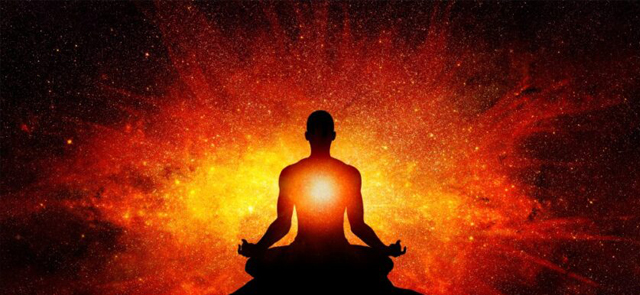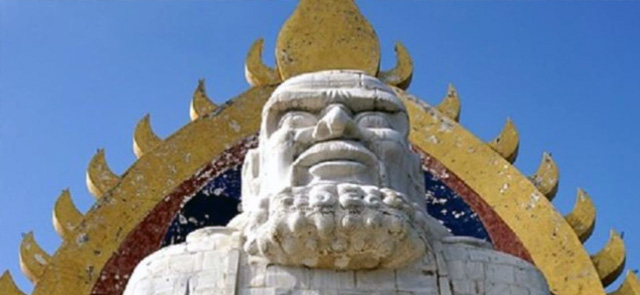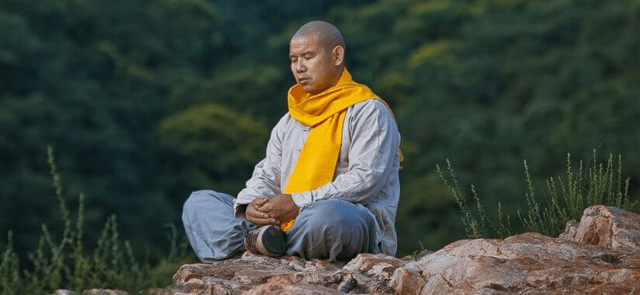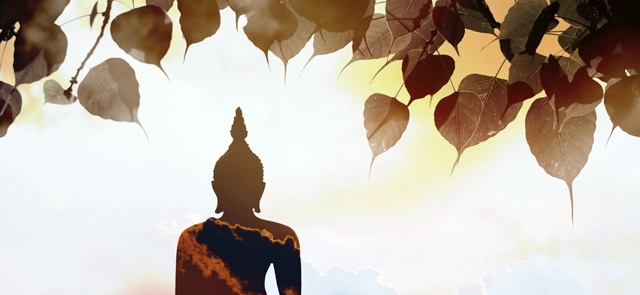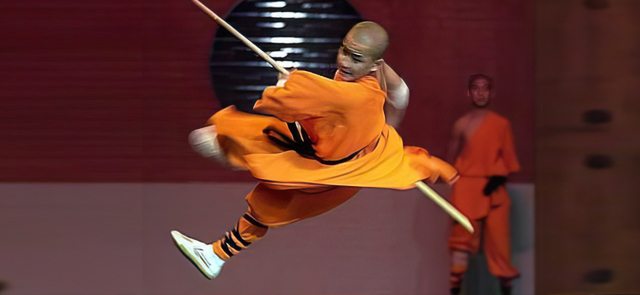Shaolin Kung Fu, with its origins rooted in the ancient Shaolin Temple in China, is renowned worldwide for its profound philosophy, rigorous training methods, and breathtaking physical techniques. Central to the tradition is the fusion of martial arts practice with Buddhist philosophy, leading many to wonder: Is religion a necessary condition for one to engage in Shaolin Kung Fu? This question delves into the complex interplay between spirituality, culture, and martial arts prowess.
Historical Context:
Shaolin Kung Fu has a rich history intertwined with Buddhism. Legend has it that the Indian monk Bodhidharma (also known as Da Mo in China) traveled to the Shaolin Temple in the 6th century, where he introduced a series of physical exercises to improve the monks' health and concentration during meditation. Over time, these exercises evolved into the martial art known as Shaolin Kung Fu. Consequently, Buddhism became an integral part of Shaolin culture, influencing its philosophy and practices.
Religious Influence:
While Buddhism has historically played a significant role in the development of Shaolin Kung Fu, it does not necessarily mean that one must be a devout Buddhist to practice the martial art. Many practitioners view Shaolin Kung Fu as a holistic discipline that encompasses physical, mental, and spiritual aspects, with Buddhism providing a philosophical framework rather than a religious requirement.
Buddhist principles such as mindfulness, compassion, and non-violence are deeply ingrained in Shaolin philosophy and often emphasized during training. However, individuals from various religious backgrounds, or those who identify as secular, can still benefit from and engage in Shaolin Kung Fu without adhering strictly to Buddhist beliefs. The essence of Shaolin lies in discipline, self-improvement, and mastery of the body and mind, which can resonate with people of diverse faiths or no faith at all.
Cultural and Historical Significance:
Shaolin Kung Fu holds immense cultural significance in Chinese history and beyond. It has been depicted in countless martial arts films, literature, and performances, captivating audiences worldwide. Its iconic status as a symbol of strength, discipline, and perseverance transcends religious boundaries, making it accessible to people from all walks of life.
Moreover, the Shaolin Temple itself serves as a cultural heritage site, attracting millions of visitors annually who seek to learn about its rich history and witness demonstrations of Shaolin Kung Fu. While the temple remains a center for Buddhist practice and study, its martial arts training programs welcome individuals from diverse backgrounds, fostering cultural exchange and mutual understanding.
Personal Journey and Interpretation:
Individual practitioners often have unique reasons for pursuing Shaolin Kung Fu, ranging from physical fitness and self-defense to spiritual growth and personal development. For some, the incorporation of Buddhist philosophy adds depth and meaning to their practice, enhancing their understanding of martial arts as a path to enlightenment. Others may approach Shaolin Kung Fu from a purely secular perspective, focusing solely on the physical techniques and mental discipline involved.
Ultimately, the question of whether religion is a necessary condition for practicing Shaolin Kung Fu is subjective and open to interpretation. While Buddhism has undeniably influenced the tradition, the practice itself transcends religious boundaries, offering a path to self-discovery and empowerment for anyone willing to embark on the journey.
Conclusion:
In conclusion, the relationship between religion and Shaolin Kung Fu is multifaceted, reflecting the rich tapestry of human experience and belief systems. While Buddhism has played a pivotal role in shaping the philosophy and culture of Shaolin, it is not a prerequisite for engaging in the martial art. Shaolin Kung Fu welcomes practitioners from diverse backgrounds, offering a universal path to physical, mental, and spiritual well-being. Whether one approaches it from a religious, secular, or cultural perspective, the essence of Shaolin lies in its timeless teachings of discipline, resilience, and inner peace.

